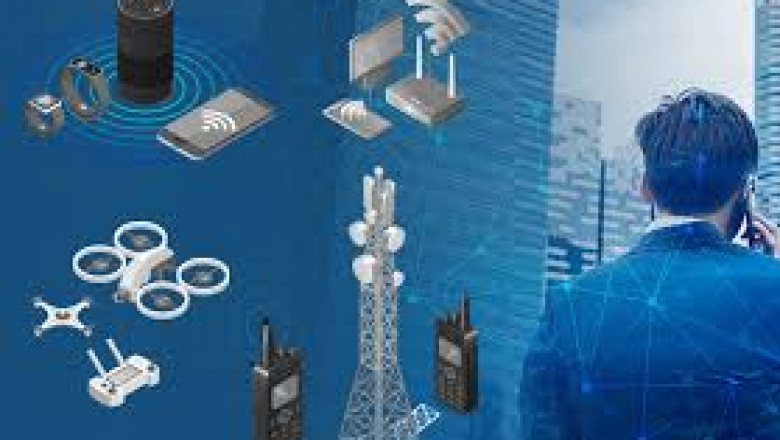views
In today’s hyper-connected landscape, wireless technologies power everything from smartphones and smart homes to industrial automation and medical devices. While this wireless revolution enhances convenience and efficiency, it also brings critical safety challenges. That’s where wireless safety testing becomes essential.
Wireless safety testing ensures that wireless-enabled products not only function as intended but also meet regulatory and health standards that protect people, data, and the environment.
What Is Wireless Safety Testing?
Wireless safety testing refers to a suite of tests performed on devices that use wireless communication (Wi-Fi, Bluetooth, 5G, Zigbee, etc.) to verify their safety and compliance with global regulatory requirements. This includes:
-
Radiofrequency (RF) exposure testing
-
Electromagnetic compatibility (EMC) testing
-
Electrical safety assessments
-
Interference and coexistence testing
-
Regulatory compliance (FCC, CE, IC, etc.)
These tests help ensure that a device doesn't emit harmful levels of radiation, won’t interfere with other devices, and adheres to regional or global safety standards.
Why Is Wireless Safety Testing Important?
-
Human Health Protection
Wireless devices emit RF radiation, which, if unchecked, may exceed safe limits. Testing ensures exposure levels remain within internationally accepted safety guidelines. -
Regulatory Compliance
Different regions have strict regulatory requirements (e.g., FCC in the US, CE in Europe, IC in Canada). Failure to meet these can result in fines, recalls, or market bans. -
Device Interoperability and Performance
Wireless safety testing confirms that a device can operate safely alongside others without interference, ensuring smooth performance in real-world environments. -
Consumer Trust and Brand Integrity
Certified safe products build consumer confidence and protect a company’s reputation in competitive markets.
Key Components of Wireless Safety Testing
1. Specific Absorption Rate (SAR) Testing
Measures the rate at which the human body absorbs RF energy. This is especially relevant for wearables and mobile phones.
2. RF Exposure Testing
Assesses exposure levels against limits set by the ICNIRP, IEEE, or regional authorities.
3. Electromagnetic Compatibility (EMC)
Ensures devices can function properly without being affected by or causing harmful interference to other electronics.
4. Coexistence Testing
Tests the device's ability to operate reliably in environments with multiple wireless systems — vital for smart homes and medical devices.
5. Regulatory Certification Testing
Devices must pass region-specific tests to earn certifications like FCC (USA), CE (EU), RCM (Australia), or MIC (Japan).
Who Performs Wireless Safety Testing?
Testing is typically conducted by certified third-party laboratories or Notified Bodies accredited under ISO/IEC 17025 standards. Examples include:
-
TÜV Rheinland
-
Intertek
-
UL Solutions
-
SGS
-
DEKRA
These labs offer end-to-end testing and certification services for a variety of wireless technologies and industries.
Challenges in Wireless Safety Testing
-
Evolving Standards: With the rapid evolution of wireless tech (like 5G and Wi-Fi 7), safety standards are constantly changing.
-
Device Miniaturization: Smaller devices make it harder to test internal antennas and emissions.
-
Complex Environments: IoT ecosystems demand rigorous coexistence testing across multiple frequency bands and protocols.
Best Practices for Manufacturers
-
Integrate testing early in design: Catch safety issues before production to avoid costly redesigns.
-
Stay updated on regulations: Ensure your team tracks global changes in compliance requirements.
-
Use pre-certification testing: Identify potential non-compliances before formal submission to regulatory bodies.
-
Partner with experienced labs: Work with accredited testing partners who understand your product and market.
Conclusion
Wireless safety testing is not just a regulatory formality — it's a foundational step in delivering safe, high-performing products that can thrive in a connected world. As wireless technology continues to penetrate every aspect of our lives, rigorous safety standards and thorough testing will remain essential for protecting users, securing data, and enabling innovation.
Need Help with Wireless Testing?
If you're a manufacturer looking to certify your wireless product, partnering with an accredited testing lab can streamline the process and ensure compliance. Make safety your priority — your users and your brand reputation depend on it.














Comments
0 comment